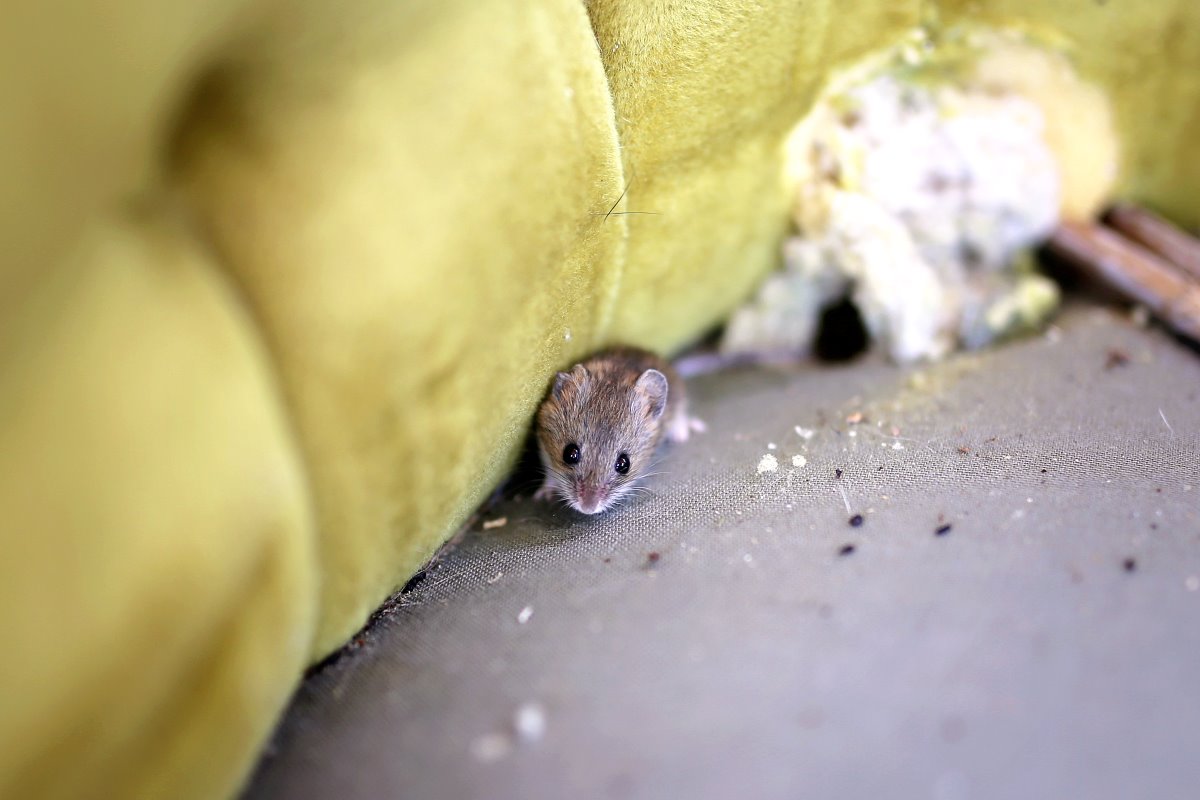Pests of any kind are a pain to deal with. But if you’re dealing with one pest, chances are, there’s more where that came from. As you’re seeking solutions for a mice infestation, it’s important to know the facts.
Get A Free Quote
Inquiries
(800) 236-8735
Can Mice Carry Fleas?
Mice are known carriers of many diseases and parasites, including fleas. In fact, mice carry fleas more often than not.
Fleas are tiny insects that survive by living on other animals and feeding on the blood of their host. We often hear about fleas on cats and dogs, but they can be picked up by virtually any mammal outside. They can also reproduce quickly, and their bites often cause skin irritation.
How Do Mice Get in Your Home?
Mice and other rodents often get into homes through small gaps or holes in the foundation, walls, or ceiling. They can also enter a home through any openings like windows or garage doors.
Once inside, they often settle in hidden and dark areas, leaving only to find food and water. Common habitats may include attics, basements, or garages.
How Do I Know if Fleas Are in My Home?
If you’re already treating mice inside your home, there’s a good chance that fleas have also made their way inside. However, it may be hard to know because of their small size.
The quickest indicator is through your pet. If you notice your pet experiencing increased scratching, skin irritation, or hair loss, this could be a sign they have fleas. They may also appear more irritated or restless. That said, fleas don’t discriminate—you may find small bites on your ankles in a flea infestation.
You can also look for common markers of a flea infestation in your home. If you have carpet, fleas may lay eggs in the fibers. Put on gloves and run your fingers through the fibers, looking for tiny white eggs. You may need a magnifying glass, but avoid putting your head or hair close to the floor. Additionally, you may see small red-brown or black specks throughout your home. These specks are from flea feces.
Are Fleas Dangerous?
Fleas may seem like a nuisance, but they pose a significant health hazard. The Centers for Disease Control reports that fleas can carry pathogens that cause human disease, including the plague, typhus, tapeworms, and more.
Get Rid of Fleas in Your Home With Wil-Kil Pest Control Today
Because fleas have a long lifecycle, getting rid of them is not a quick and easy process. First, treat any affected pet by washing them with soap and water, then combing through their hair with a flea comb. You may also want to see a veterinarian.
As for your home, you can sanitize areas where fleas frequently breed by washing bedding and rugs, sweeping floors, and vacuuming floors. However, it’s best to consult a pest control professional who can identify all the affected areas and the best treatment solutions.
Your safety is the top priority for Wil-Kil’s premier technicians. We’ll quickly identify affected areas and create a treatment plan to eradicate your flea or rodent problem and get your home back to normal. Contact us today for a free quote for your Wisconsin home!


